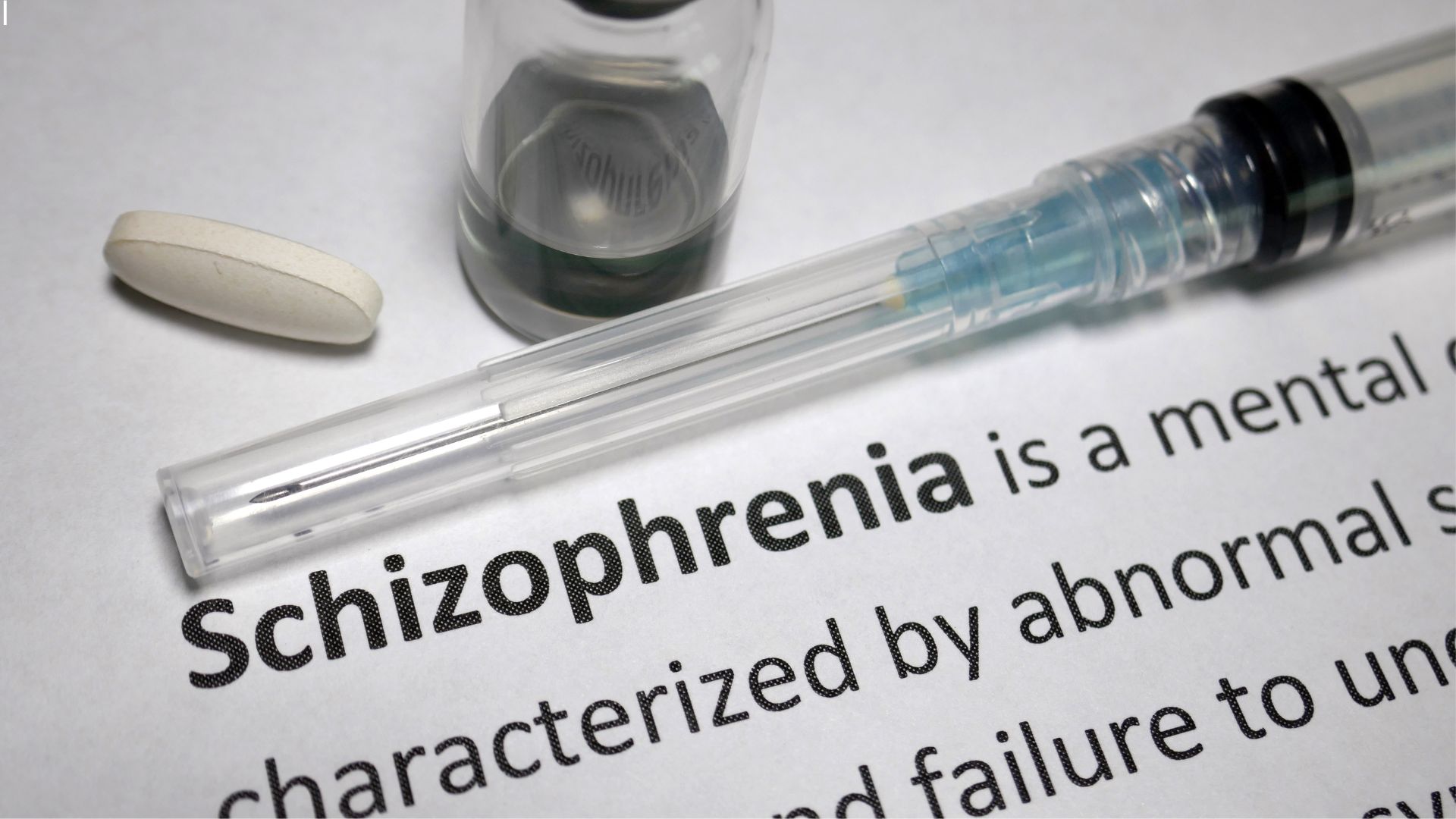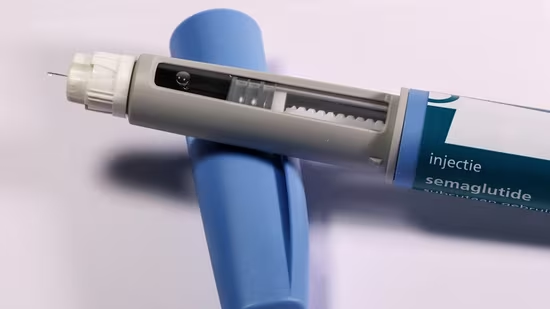Striatal Connectivity and Anhedonia
Anhedonia is the reduced ability or inability to experience pleasure from activities that are typically found enjoyable. This can include things like social interactions, eating, hobbies, music, or even physical intimacy.
There are two main types:
- Social anhedonia - a lack of interest or pleasure in social interactions.
- Physical anhedonia - a reduced ability to enjoy sensory pleasures such as food, touch or sex.
Anhedonia is a core symptom of major depressive disorder, but it's also seen in other conditions like schizophrenia, PTSD, and substance use disorders. It’s often associated with dysfunction in the brain’s reward system, particularly areas involving the striatum, dopaminergic pathways, and prefrontal cortex.
Because anhedonia affects motivation and reward processing, it can seriously impair a person's quality of life—even if other mood symptoms improve.
What is a possible cause of Anhedonia?
There has been growing interest in the functional connectivity correlates of anhedonia, both within the context of depression and across diagnostic categories. Much of this research has centered on connectivity patterns involving regions of the striatum—particularly the nucleus accumbens and caudate—and their relationships with either whole-brain networks or specific regions within these networks. This emphasis on striatal connectivity is supported by evidence indicating that the functional activity and connectivity of the striatum play a key role in individual differences in reward responsivity, a construct that lies at the core of anhedonia.
What Medications are most likely to help with Anhedonia?
Auvelity
- Dual mechanism: Combines dextromethorphan, an NMDA-glutamate receptor antagonist (like ketamine), with bupropion, a norepinephrine–dopamine reuptake inhibitor
- Early onset: Shown to reduce overall depressive symptoms—and importantly, anhedonia—as early as one week after starting treatment .
- Evidence from GEMINI and pooled studies: Post hoc analyses report significant improvements in the MADRS anhedonia subscale at Week 1 and Week 6 versus placebo; sustained response rates were notably higher (≈51–54% vs 36–37%)
- Functional gains: Improvements in anhedonia correlated strongly with better daily functioning and interest activity engagement
Bupropion (Wellbutrin)
- Mechanism: Norepinephrine-Dopamine Reuptake Inhibitor (NDRI)
- Why it helps: Enhances dopaminergic activity, especially in the mesolimbic reward pathway (including the striatum).
- Clinical relevance: Often used when patients report emotional blunting or lack of motivation on SSRIs.
Vortioxetine (Trintellix)
- Mechanism: Serotonin modulator and stimulator (multi-receptor activity)
- Why it helps: Some studies suggest it improves cognitive and reward processing, possibly by indirectly modulating dopamine circuits.
- Bonus: Less likely to cause sexual dysfunction or emotional blunting.
Aripiprazole or Brexpiprazole (Adjunctive Atypical Antipsychotics)
- Mechanism: Partial dopamine D2 and serotonin 5-HT1A agonists
- Why it helps: Can enhance dopamine tone in reward circuits when added to antidepressants.
- Note: Often used in treatment-resistant depression or when anhedonia persists despite monotherapy.
Ketamine / Esketamine (Spravato)
- Mechanism: NMDA receptor antagonists (glutamate modulation)
- Why it helps: Rapid improvement in reward and motivation systems, likely through downstream dopamine and BDNF effects.
- Onset: Hours to days, compared to weeks for traditional antidepressants.
- Evidence: Some studies show significant improvement in anhedonia-specific symptoms.




